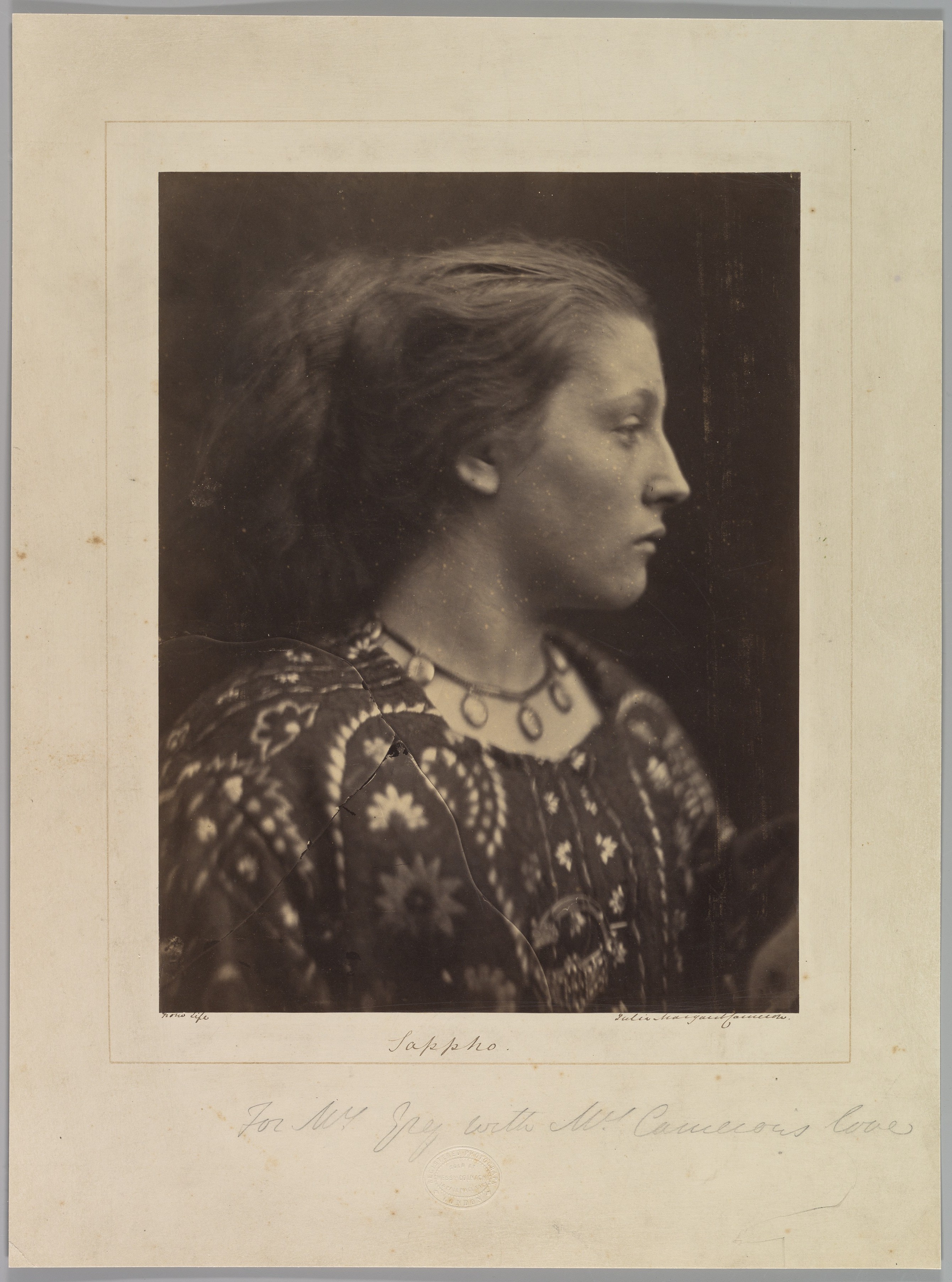Introduction: Open Access at The Met
by Alyse Delaney, December 2022
Underlying every aspect of the Metropolitan Museum of Art’s collection is a robust repository of information- a wealth of art historical and museum knowledge waiting to be tapped into. There is the literal metadata about works of art including artist names, dates, subjects, periods, etc., but also information about how the museum has developed its collection– data about acquisitions, the provenance of artworks, and the distribution of artworks among departments. All of this information can provide insight into how the museum has collected artworks and engaged audiences.




From left to right: Cameron, Julia Margaret. Sappho. 1865; Hiroshige, Utagawa. Evening Glow, Tsushima Province, from the series Views of Famous Places in the Sixty-Odd Provinces. ca. 1853; Corot, Camille. Portrait of a Child. ca. 1835; Brown, Samuel Joseph Jr. Self-Portrait. ca. 1941.
Recently, the Met has taken important steps to share this information with the public. Access was first initiated with the launch of the museum’s Open Access policy in 2017. This program provides free and unrestricted use of all images of public-domain artworks in the collection. In 2017, this meant full access to approximately 375,000 images of works of art and this grows every year as new works enter the public domain. In addition to access to images, the program also released metadata about the entire digitized collection, regardless of their copyright status. As of December 2022, information is available on 483,013 artworks. Ultimately, the goal of this initiative is to extend the reach of the collection beyond the physical walls of the museum, and even further beyond the museum’s website.*
*via Celebrating Three Years of Open Access at The Met, Sofie Andersen & Spencer Kiser
By releasing this information to the public, the museum enables researchers, students, and anyone else with a curiosity to learn about art, to explore the collection more in depth than traditional methods of engagement. Access to this data is primarily provided via the Met Museum API. An API (Application Programming Interface) enables communication between different applications. It is a way for them to talk to each other.* Before the API was created in 2018, the main access point to the collection was through the museum’s Digital Collections page. Now, researchers and analysts can make calls to the API in order to retrieve the specific data they are looking for, and developers and designers can incorporate the images and information directly into third-party applications they’ve created. Most importantly, the API is a living, dynamic system. As new artworks enter the public domain and as museum staff digitizes and catalogs new acquisitions, the data about these artworks will automatically be added to the API, and ultimately flow into the applications using the API.**
*via What Are APIs, And How Are Open APIs Changing The Internet, Matthew Hughes
**via Scaling the Mission: The Met Collection API, Loic Tallon